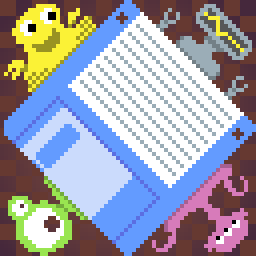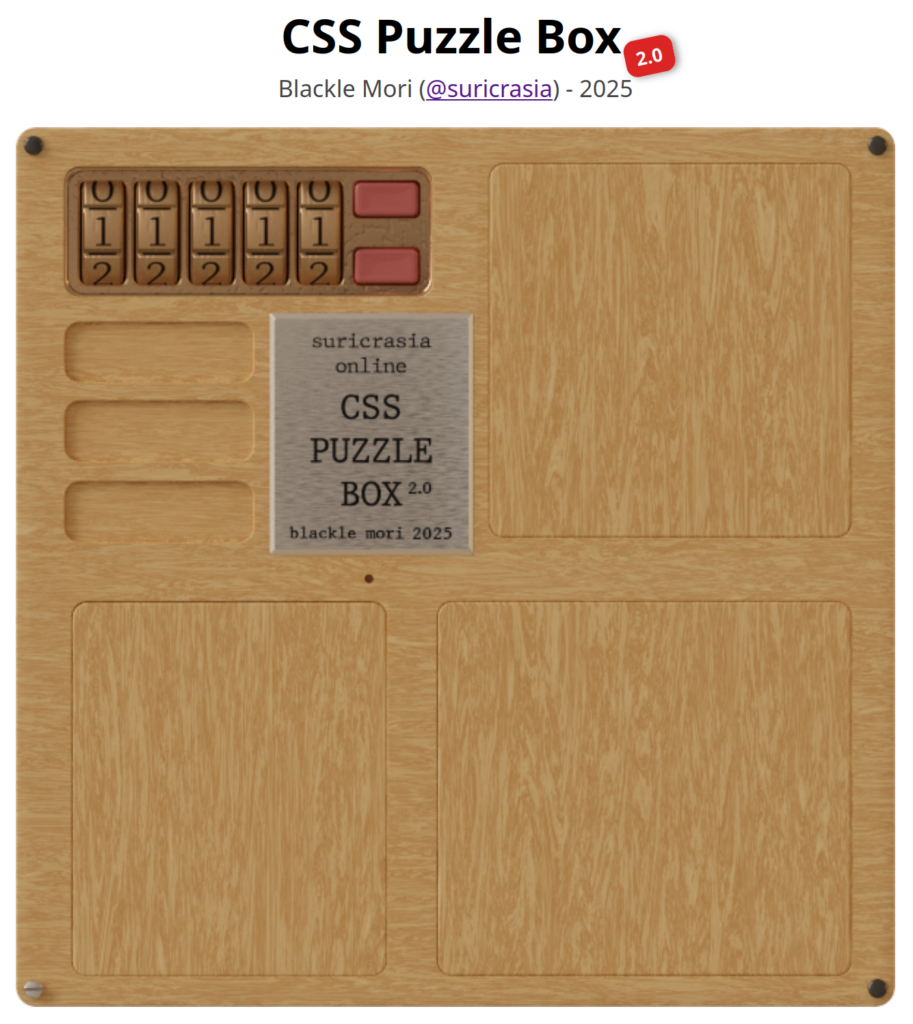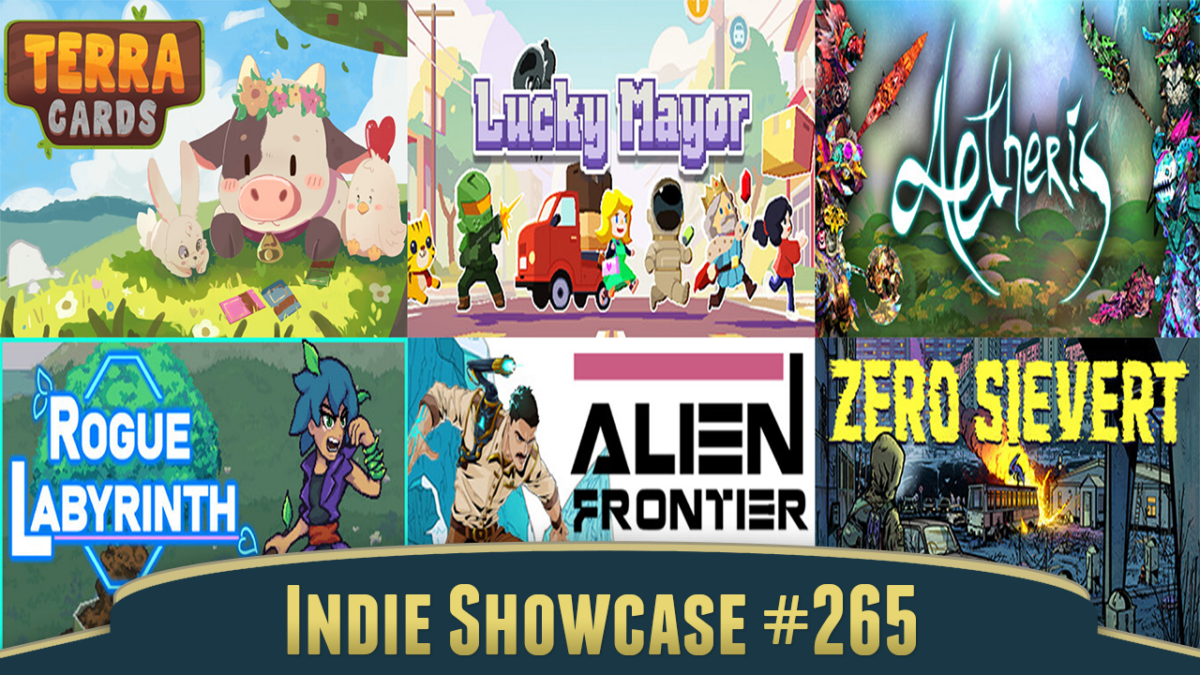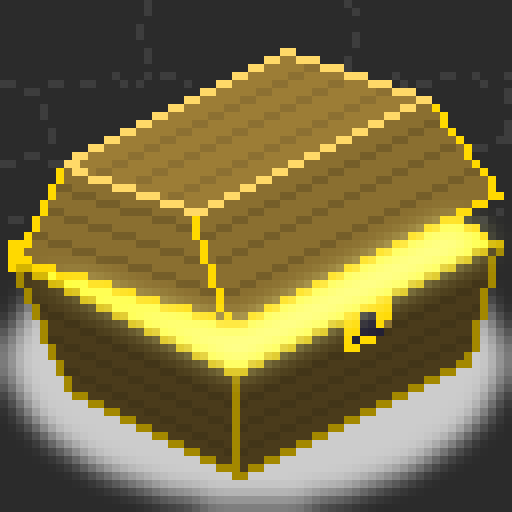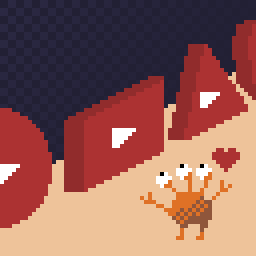I had a bad fall from a bike a few days ago and my arm is still really weak, which has affected how much typing I can put into these posts. Still, I am getting better, and so here’s two videos of people installing Windows NT 4.0 to Nintendo consoles, using an ISO of the install CD and tools and information posted here, and in the Gamecube’s case some hardware mods.
This kind of hack isn’t of the type like people claiming to “install” Windows to a Nintendo DS, but in fact are using DOSbox running on the DS. They get a bit of credit for coming up with a clever solution, but it’s not running on the metal, in the parlance. This is about actually running literal Microsoft NT on the actual Nintendo Gamecube/Wii, with no emulation layers or similar shenanigan interposed between.
The first one is from “Spawn Wave,” who has the Bright Young Broadcaster style to his video, meaning, his records from a dark room of equipment, his camera close to his face, he speaks loudly and squeezes in that like and/or subscribe prompt early, and generally tries to impress personality into his video. Mind, I don’t think all of this has to be bad, and Spawn Wave is a lot less obnoxious than many other YouPotatoes I’ve seen. There’s a blessed lack of sound effects or swoopy editing. His video’s only nine minutes long, so if you’re pressed for time, this is the one to watch.
I tend to prefer videos more like Michael MJD’s overview, which is also much longer at 31 minutes. He’s installing on a Wii, which is more powerful and performs better, and doesn’t need hardware mods. His is of the Hands Intruding From Offscreen school of video, but he’s more laid-back, and with that much time can fit more information without having to squeeze it in. This is better for people wanting to positively luxuriate in the process of installing NT4 to systems not intended for it.
The question of why, oh why, someone would do this, must remain unanswered. Some people just like making computers do weird things. It’s an odd form of entertainment, but entirely valid. Now, when will someone get Linux running on CoreWar?




